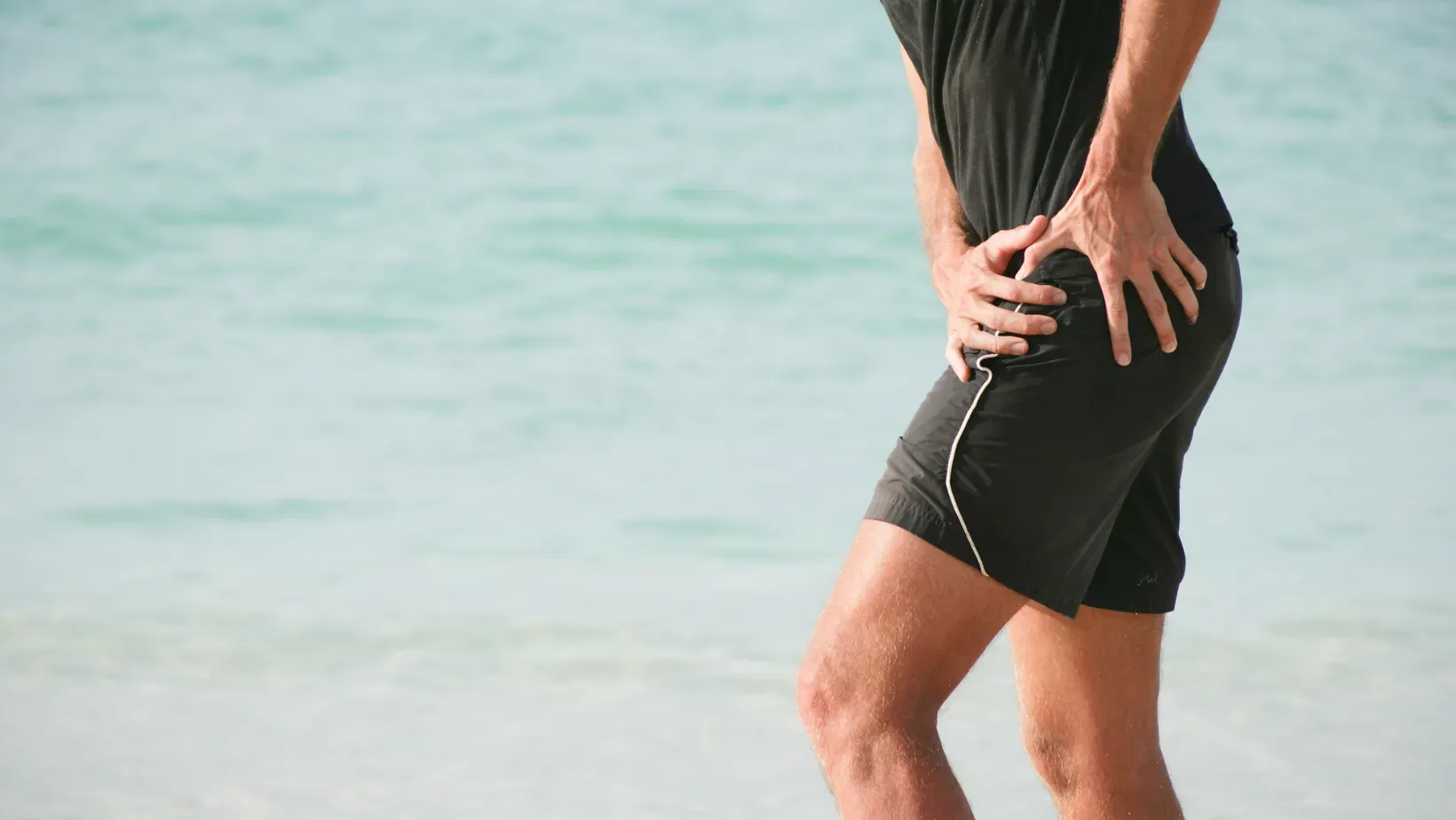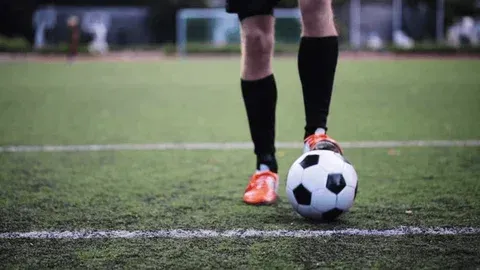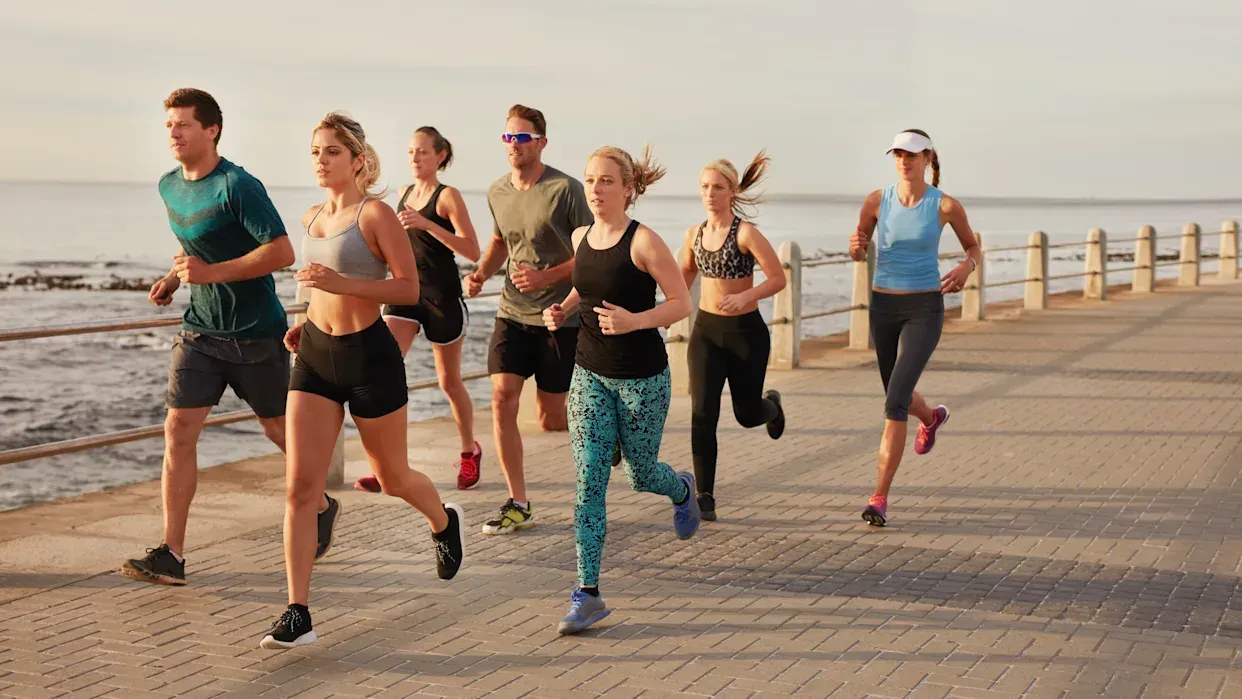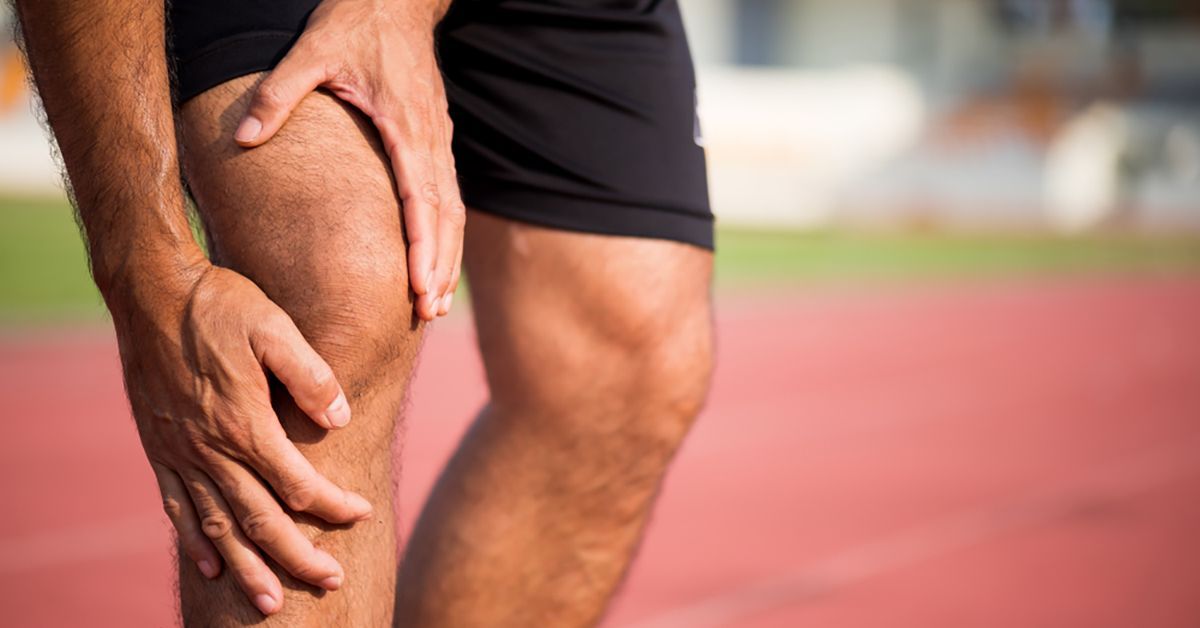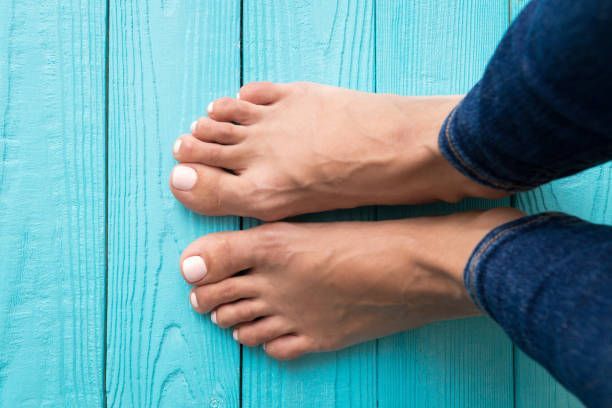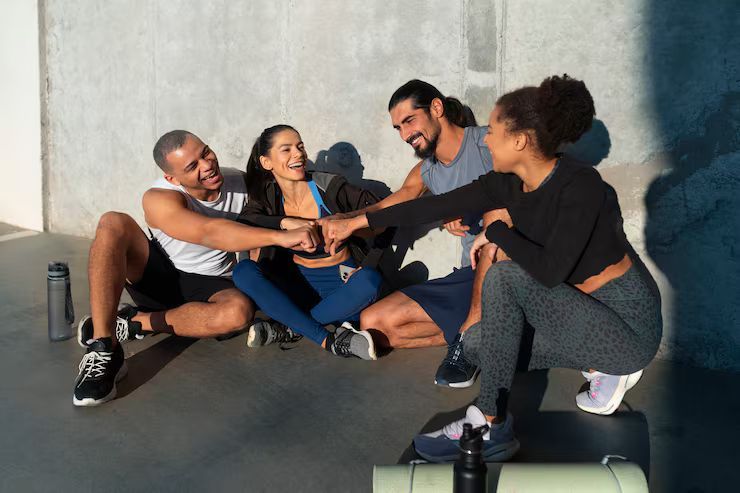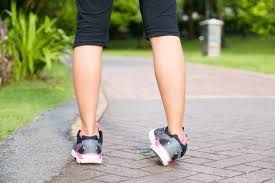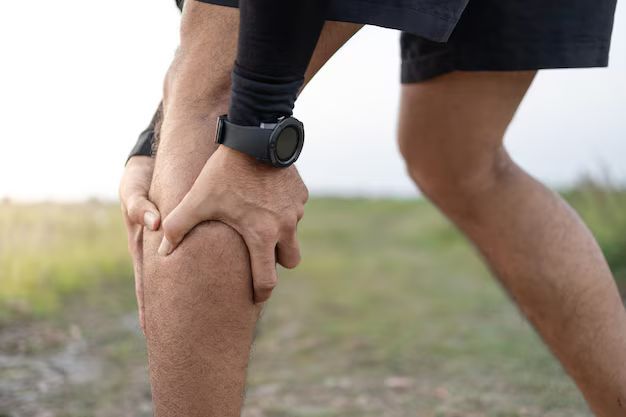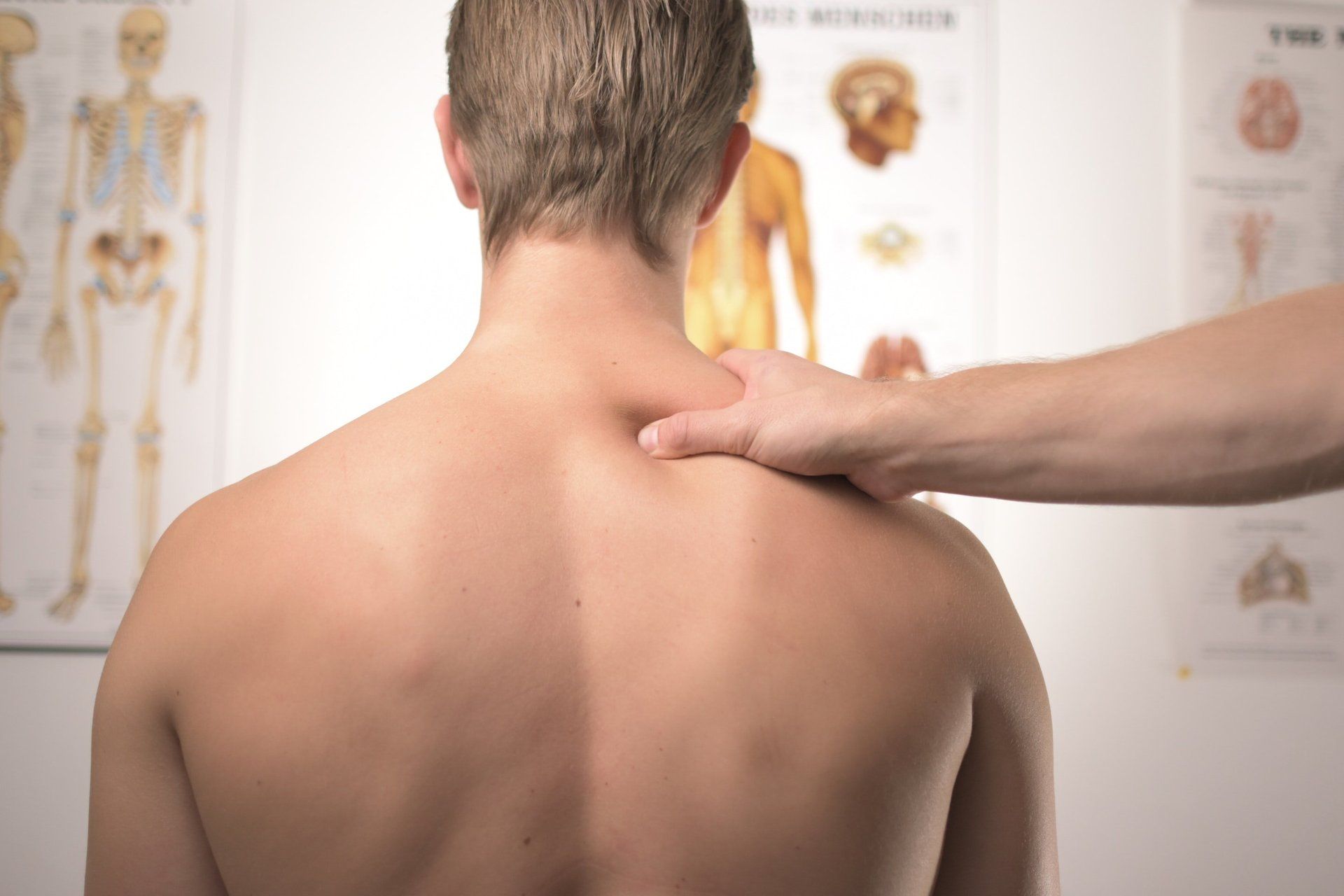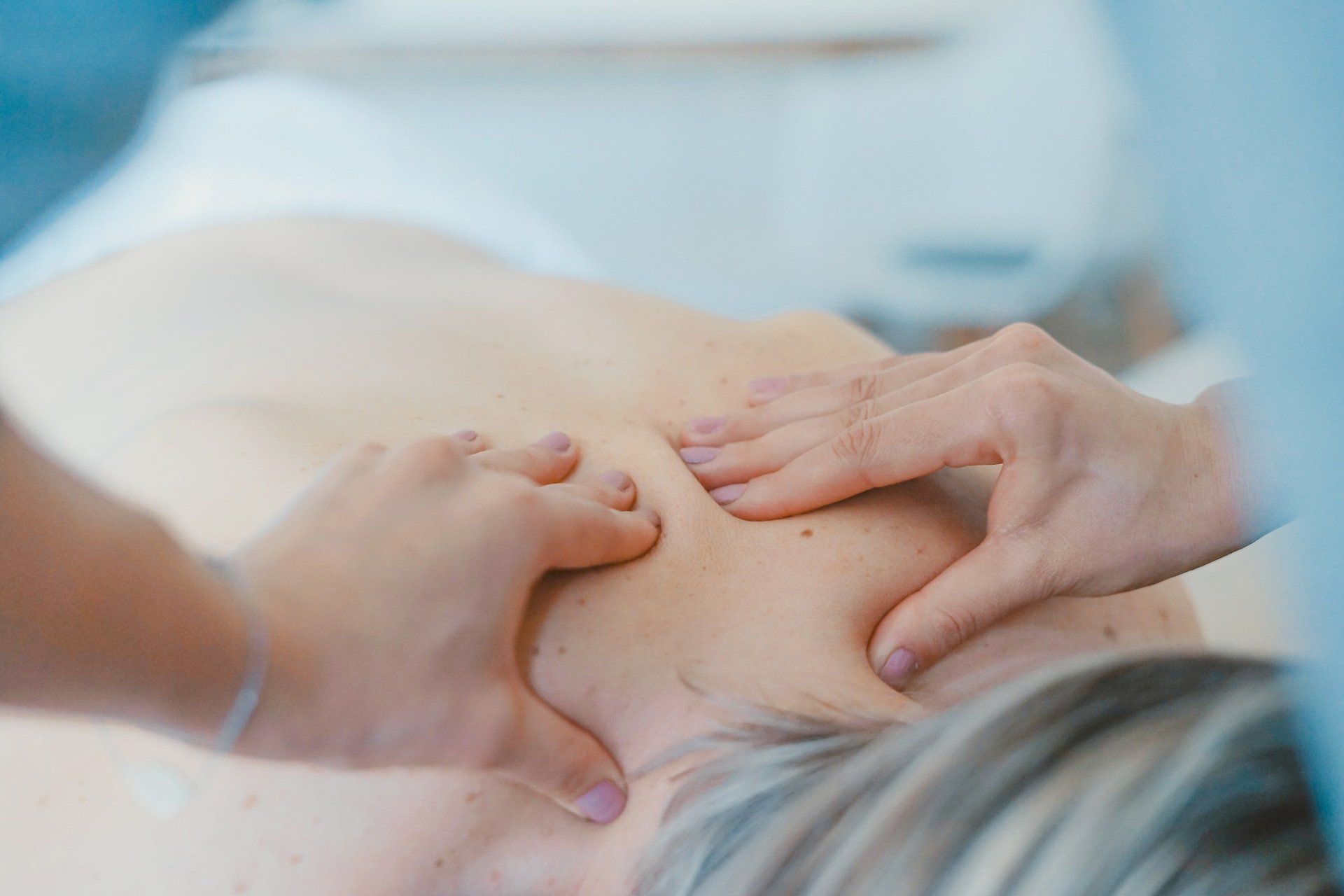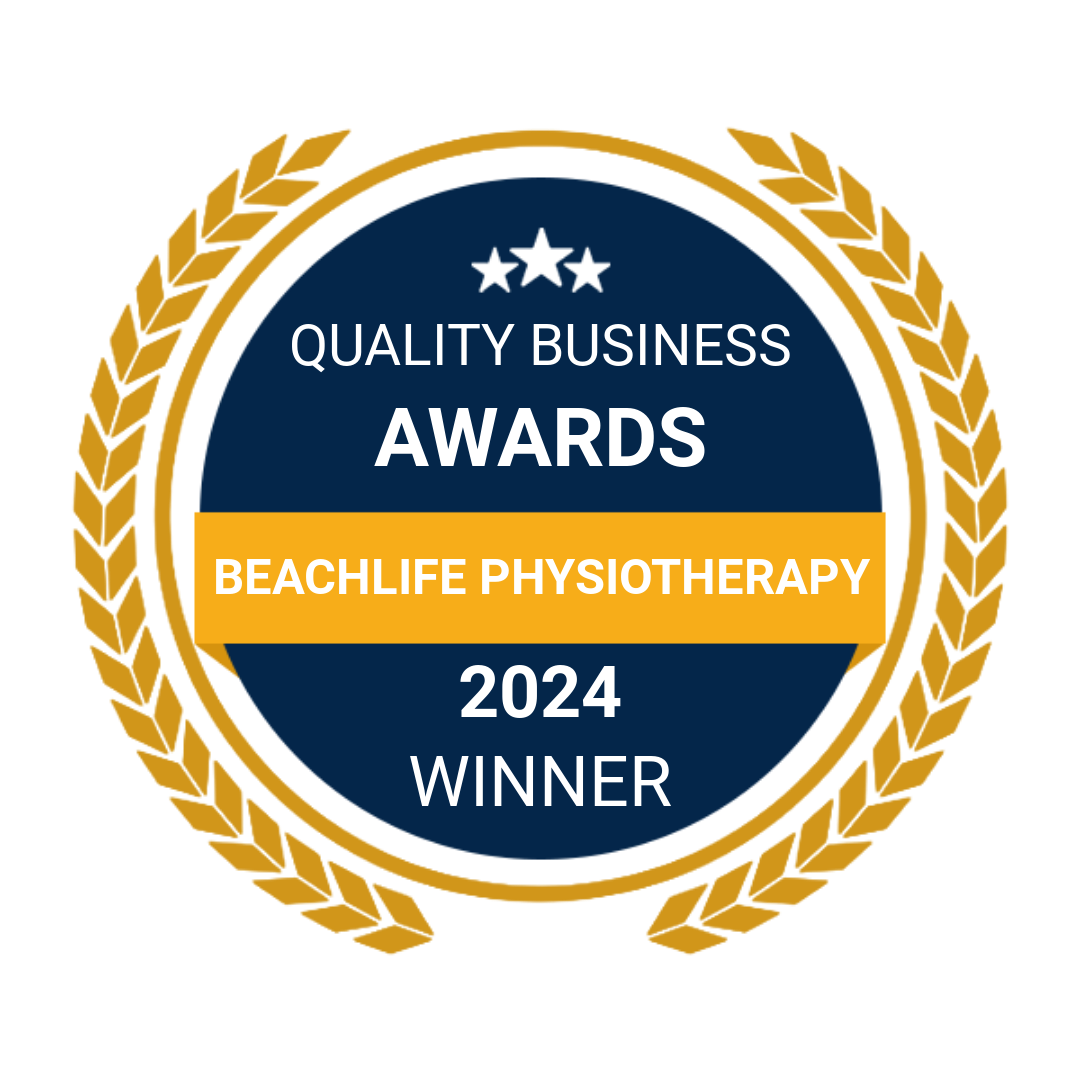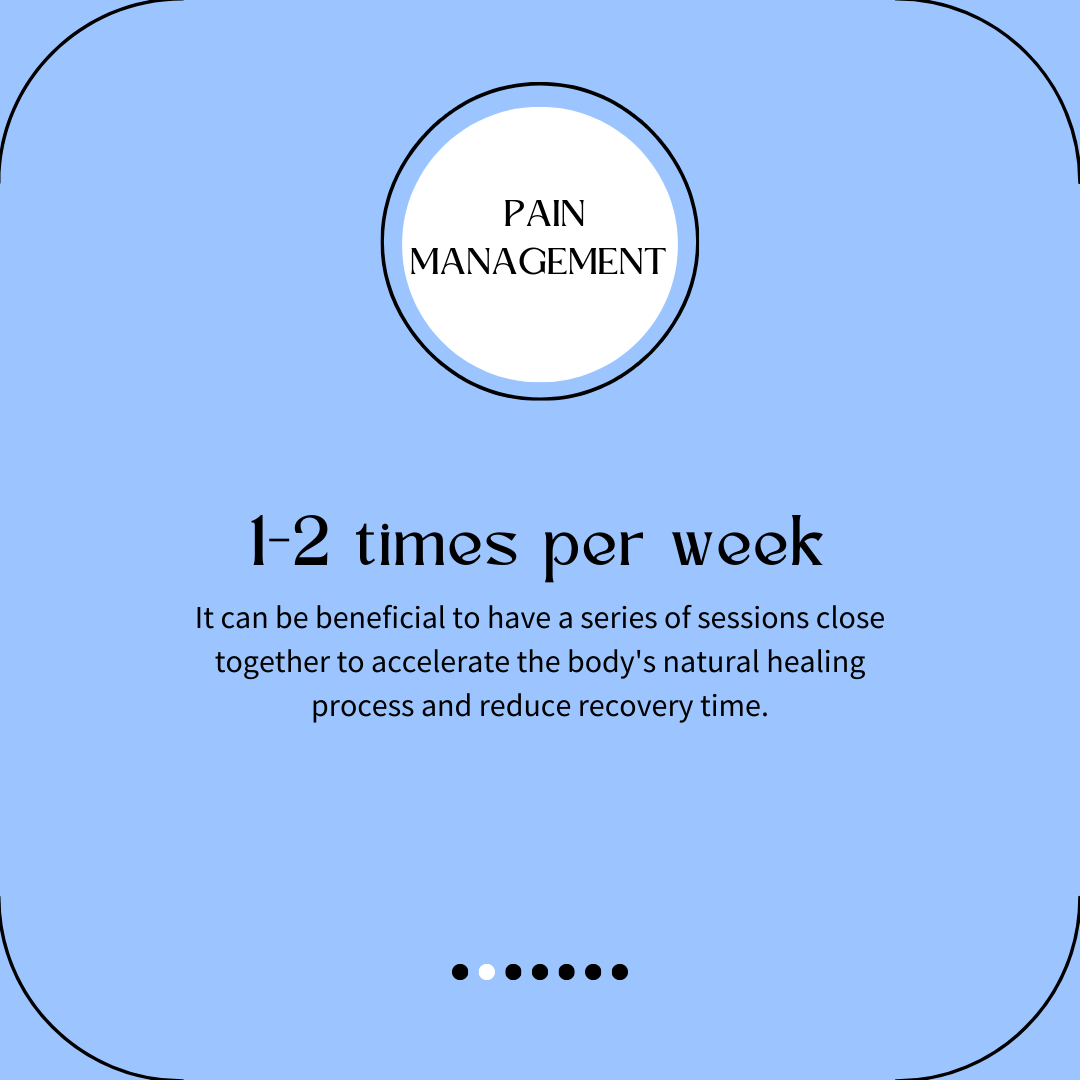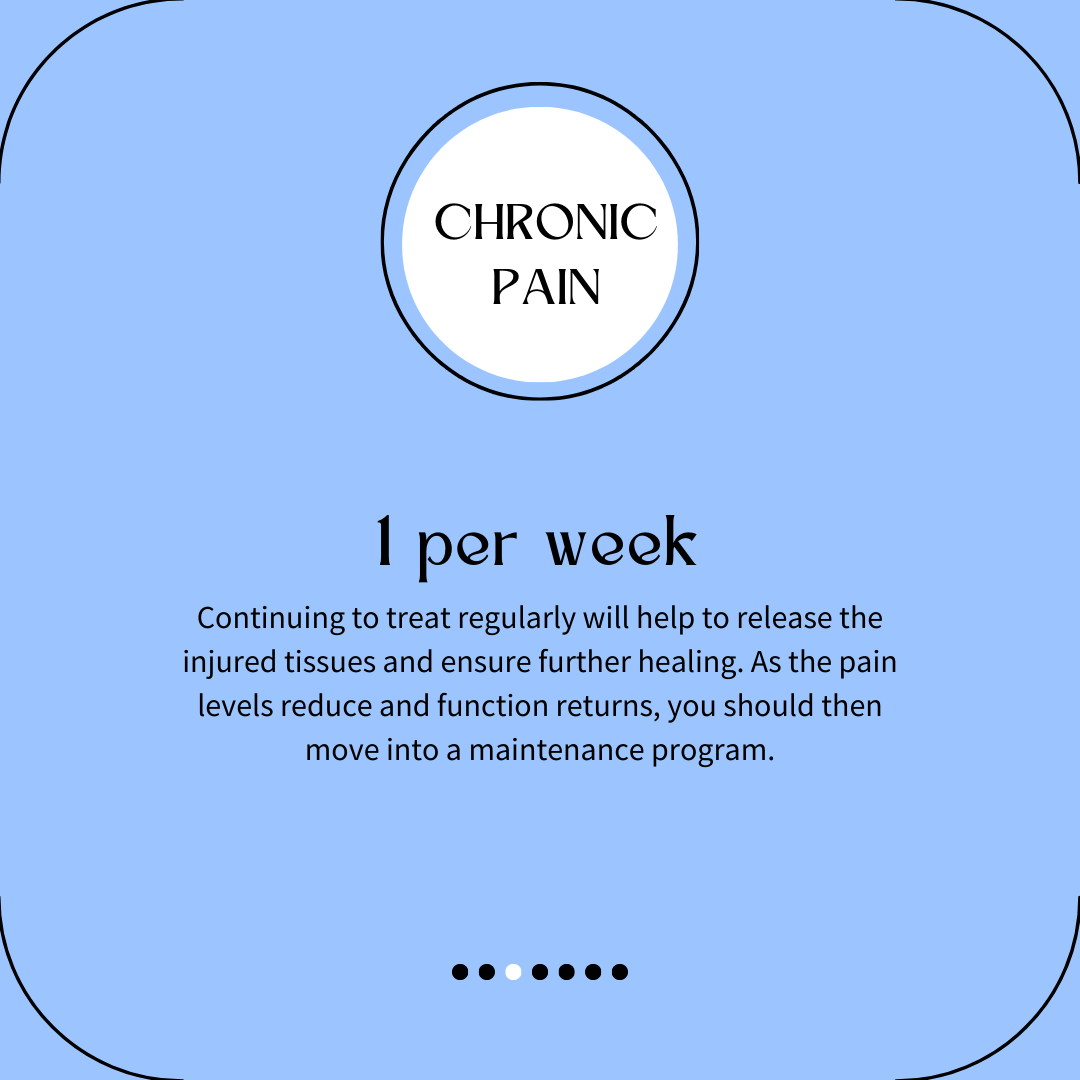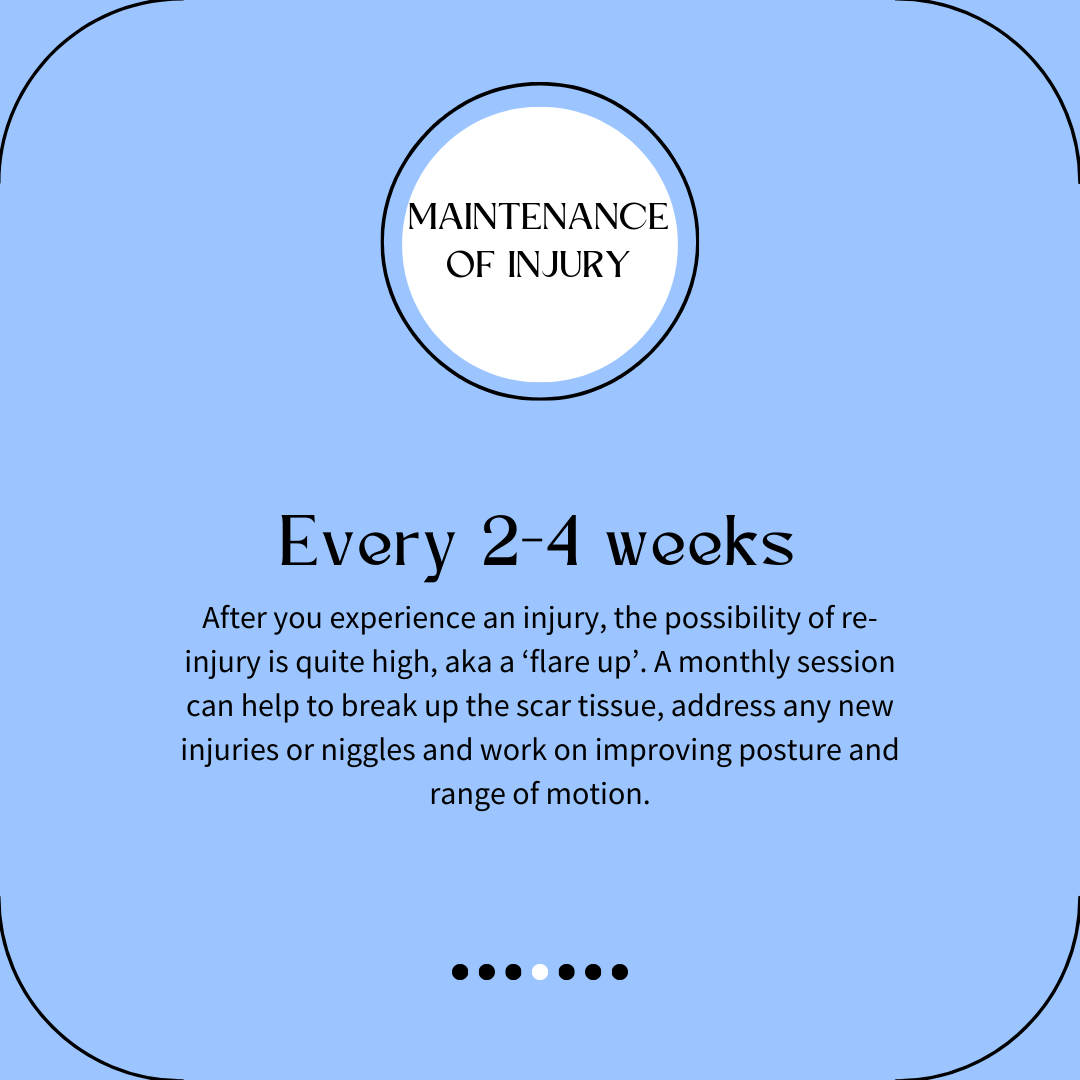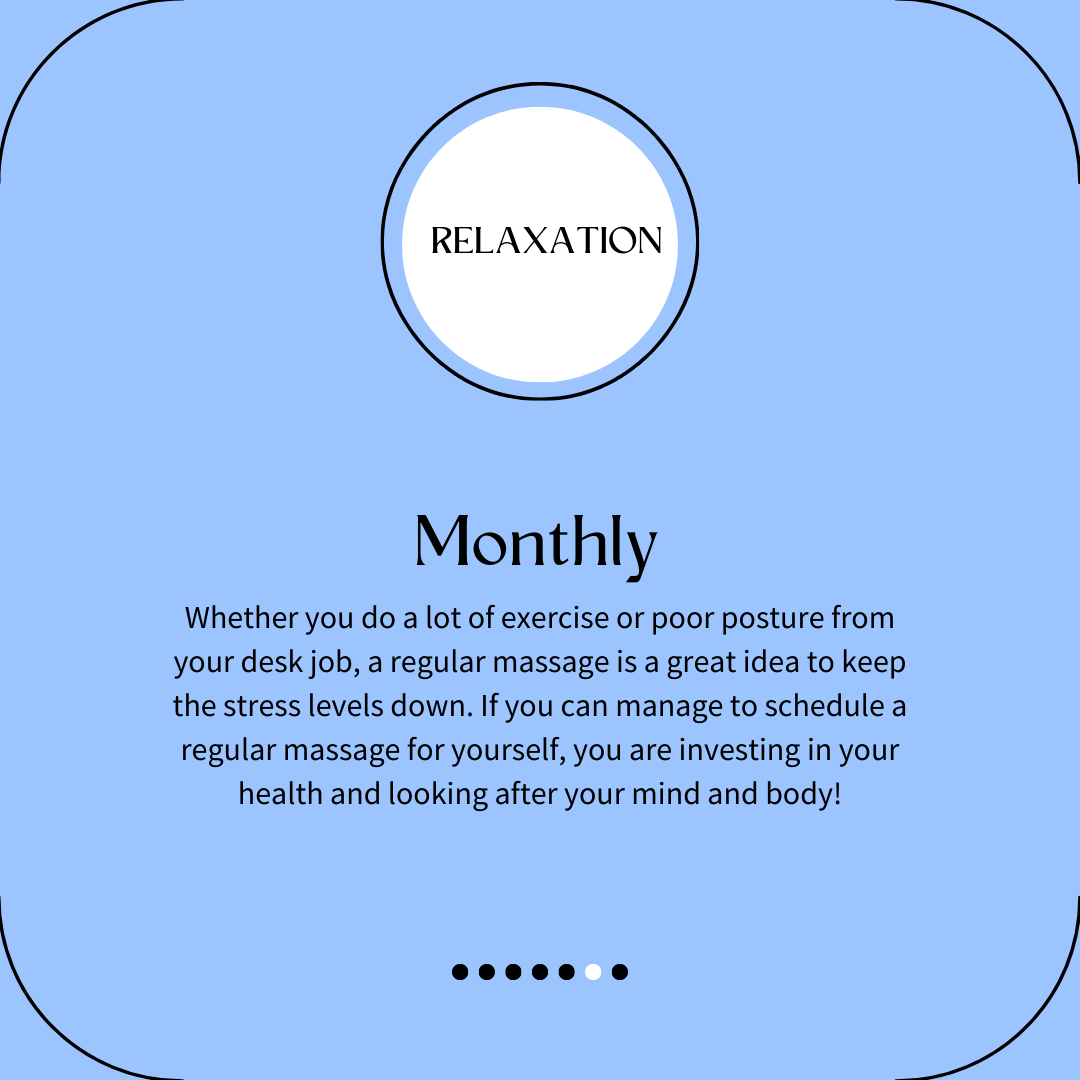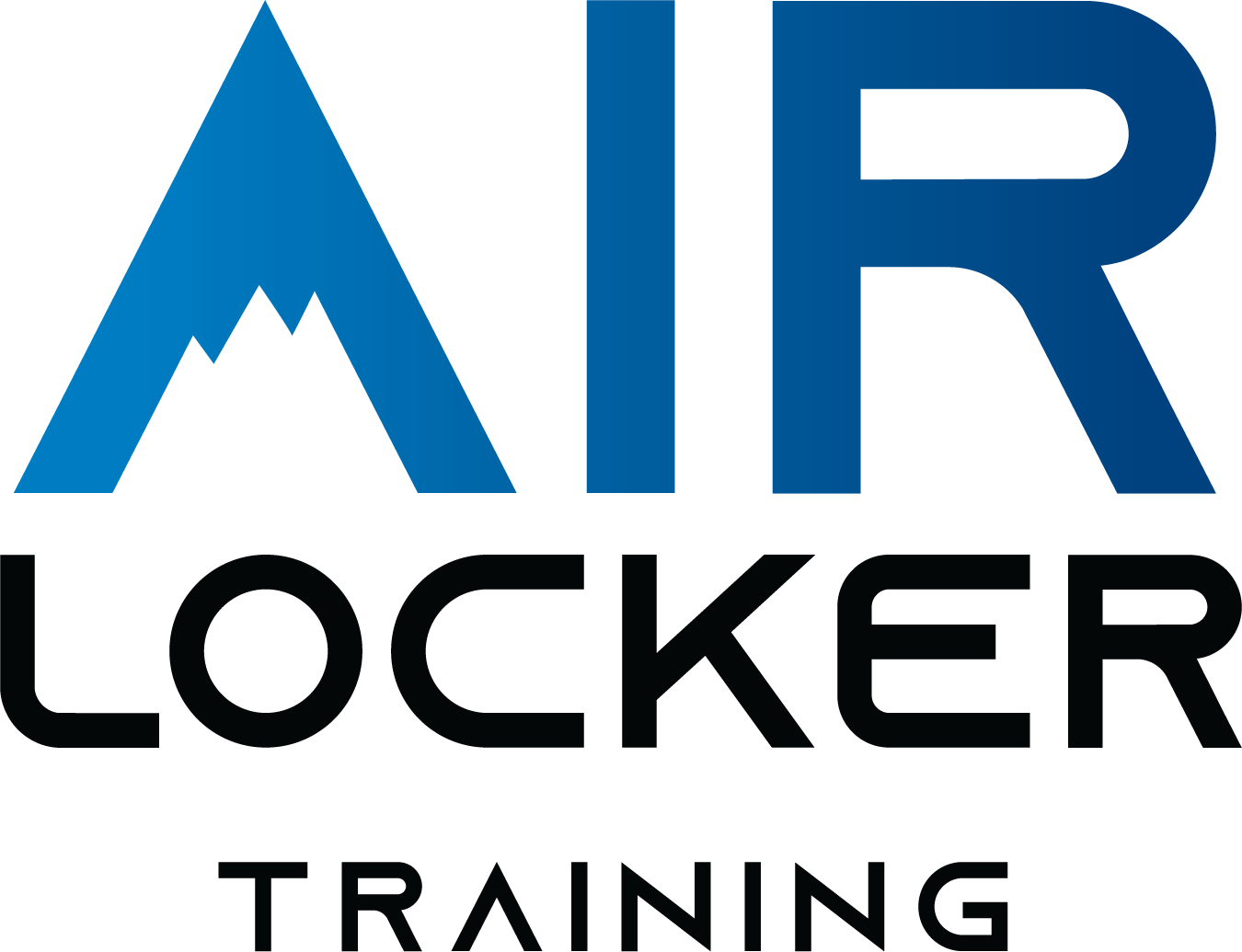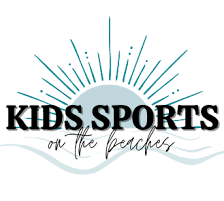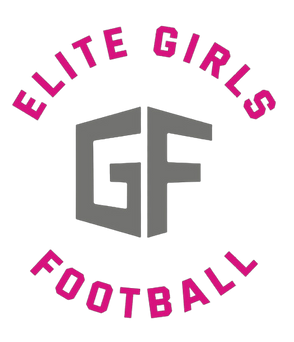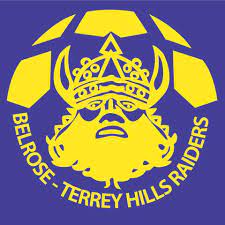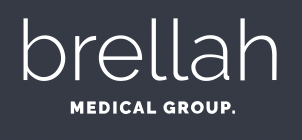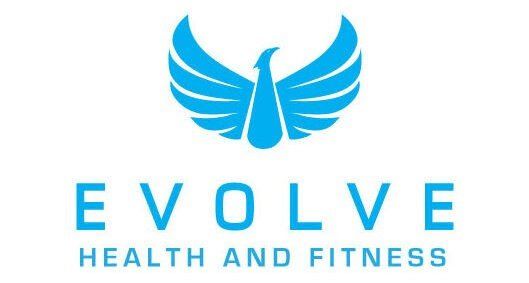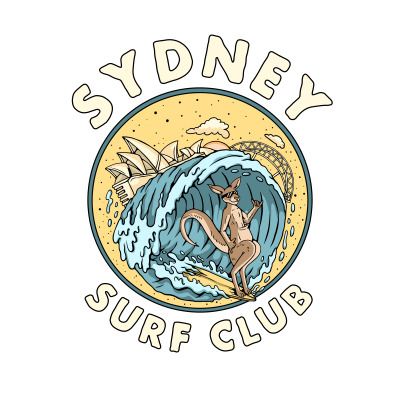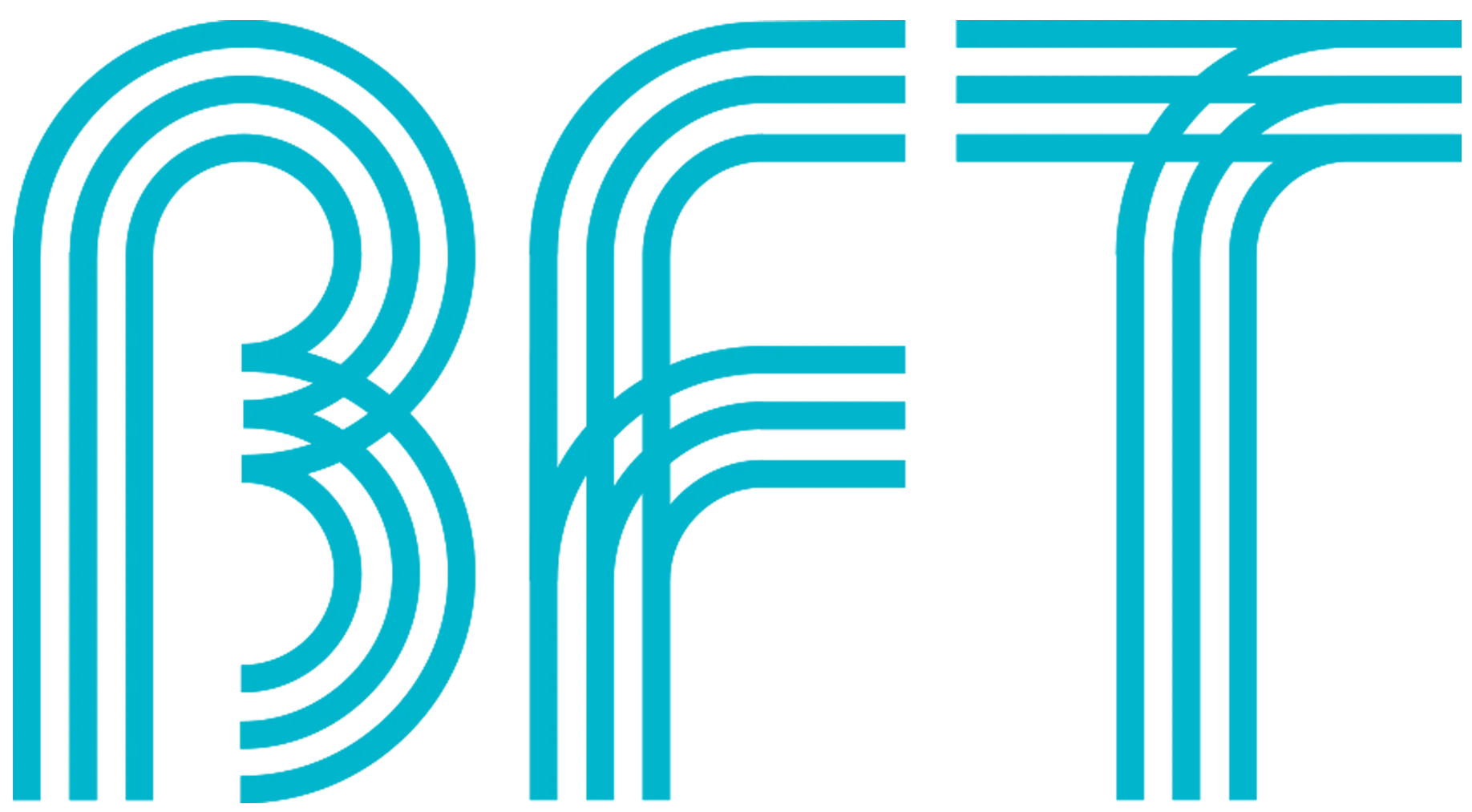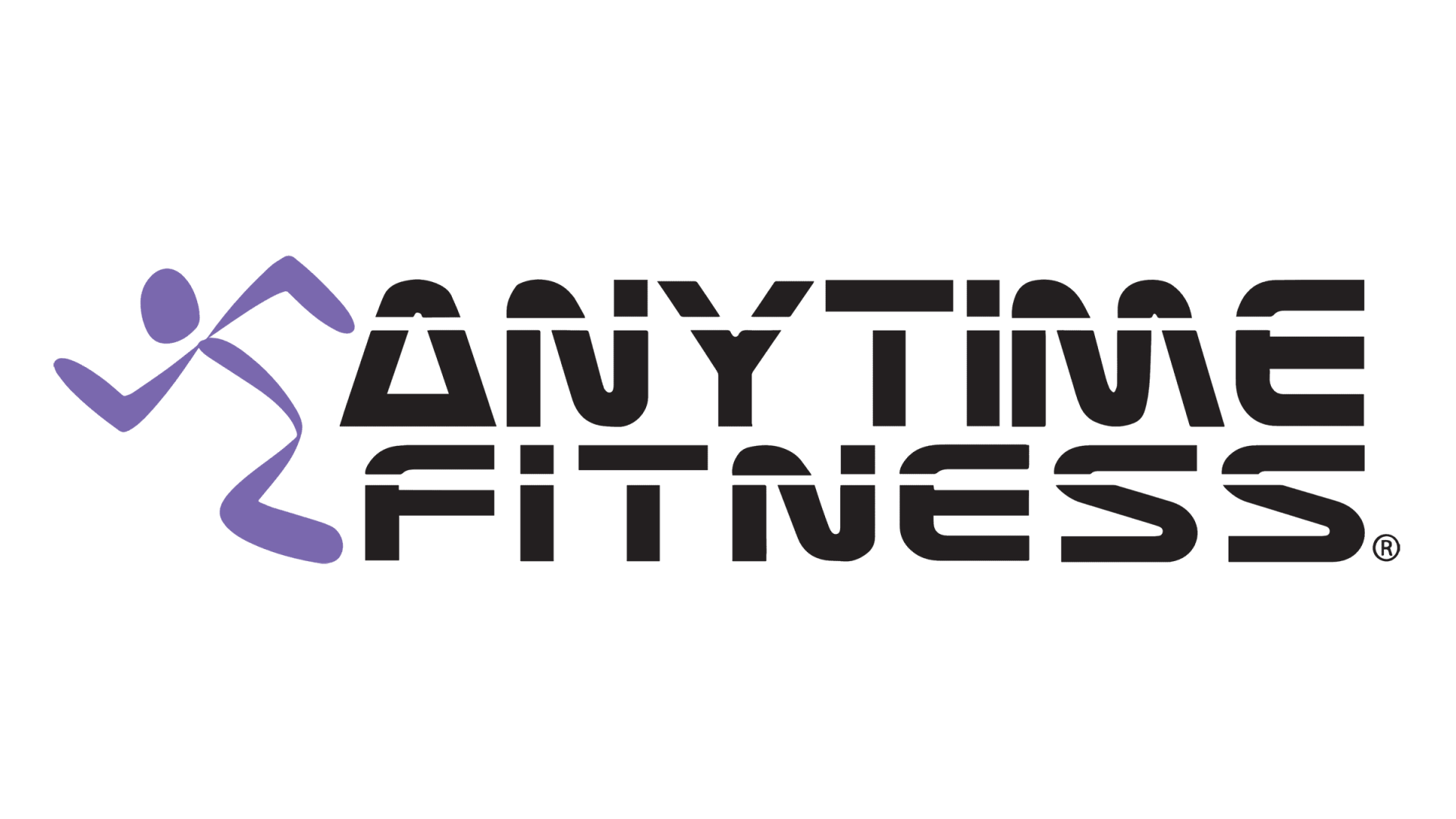How Often Should I Get a Massage?
In the hustle and bustle of our daily lives, taking time for self-care is essential.
But just how often should you get a massage?
Everyone’s needs are different and it’s important to pay attention to how your body feels. While there’s no one-size-fits-all answer, many experts recommend getting a massage once a month for general maintenance and stress relief. However, if you have specific issues or chronic pain, more frequent sessions may be beneficial.
Your massage needs help determine how frequent your visits should be:
- Pain management = 1-2 times per week. If can be beneficial to have a series of sessions close together to acerbate the body's natural healing process and reduce recovery time so you can get back to routine!
- Chronic pain = 1 per week. Continuing to treat regularly will help release the injured tissues and ensure further healing. As the pain levels reduce and function returns, you should then move into a maintenance program.
- Maintenance of injury = 2-4 weeks. After you experience an injury, the possibility of re-injury is quite high, aka a 'flare-up'. A monthly session can help to break up the scar tissue, address any new injuries or niggles and work on improving posture and range of motion.
- Injury prevention = 4-6 weeks. Those 'niggles' and minor discomforts? They're your body's way of signalling potential trouble spots. Regular massages can help identify and address those issues before they escalate into more significant injuries.
- Relaxation = monthly. Where you do a lot of exercise or poor posture from your desk job, a regular massage is a great idea to keep the stress levels down. If you can manage to schedule a regular massage for yourself, you are investing in your health and looking after you mind and body!
Consider scheduling your sessions in advance to stay on track with your self-care routine. Remember, self-care isn’t selfish—it’s essential for your overall health and happiness. So go ahead, book that massage and treat yourself! You deserve it.
Sheridan and Sue are available at Narrabeen and Frenchs Forest! Health fund rebates available.
